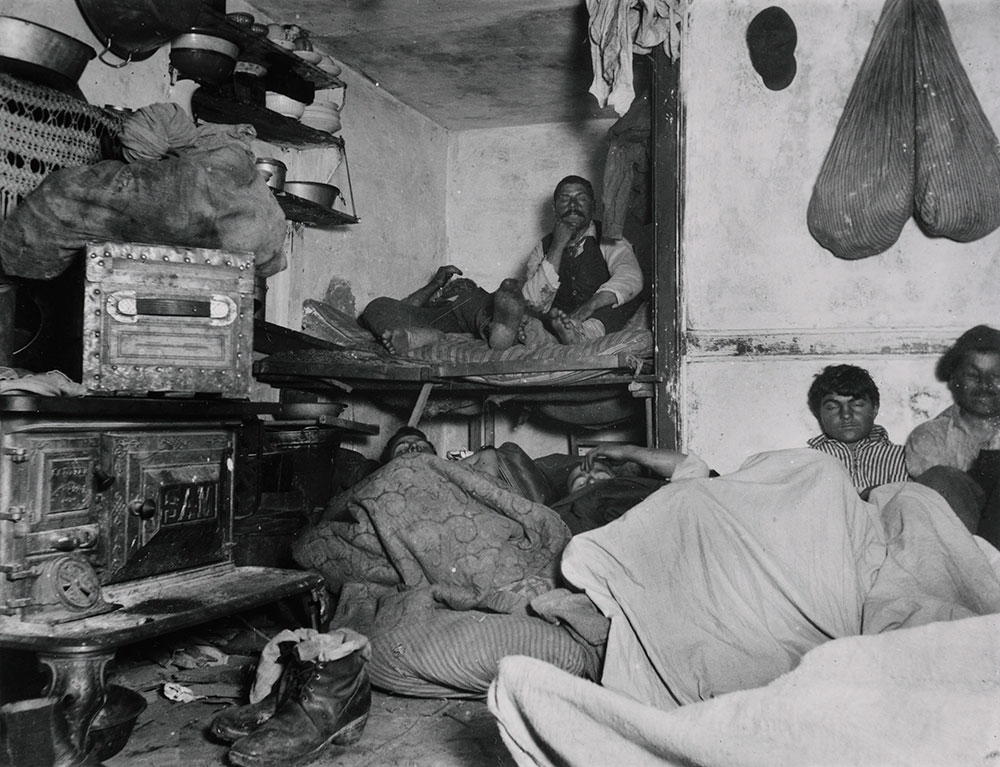Planning August/September 2020
Et Cetera
Now Streaming: Race, Gender, and the Apocalypse

Poster courtesy Metro-Goldwyn-Mayer.
In the past, this column has recommended films exploring the role of planners in responding to crises of public health and social justice. This month I'd like to call your attention to a classic from the early civil rights era that addresses these issues and more in a thoughtful, artful, and hauntingly relevant setting.
In 1959's The World, the Flesh, and the Devil, directed by Ronald MacDougall, a dashing young Harry Belafonte (also an uncredited co-producer) delivers a tour de force of acting, combining his instinctive charm (and a song or two) with intense, simmering racial tension, frustration, anger, and pain.
After being trapped for days in a coal mine, Ralph Burton (Belafonte) emerges to the aftermath of a radioactive attack. Searching for survivors, he makes his way to New York City. Despite similarities with today's social isolation — and the prescient foreshadowing of the urban abandonment Belafonte's real-life generation would soon experience — planners will nonetheless marvel at these images. The city has never looked so empty, so beautiful — or so sterile and dead.
Our hero soon discovers he is not alone. When he encounters a young white woman, the two form a cautious friendship — with hints of something deeper — but internalized racism lingers, surviving even the apocalypse.
I won't spoil the rest of the story; let's just say things get more tense, complicated, and predictably (and realistically) violent when a third survivor is found — this time a white man, with his own dangerous ideas on race, gender, rights, property, and status in American society, post-apocalyptic or not.
While a great deal has changed in the 61 years since this film was made, many of the themes explored remain just as unresolved, painful, and important today — especially as we struggle to confront the dual plagues of a global pandemic and our 400-year-old legacy of systematic racism.
Ezra Haber Glenn, AICP, is Planning's regular film reviewer. He teaches at MIT's Department of Urban Studies & Planning and writes on cities and film at urbanfilm.org.
Exhibits: Where the Other Half Lives

Photo by Jacob Riis.
Danish immigrant Jacob Riis (1849–1914) photographed living and working conditions in New York's Lower East Side that inspired outrage, building code reforms, and the first federal investigation of slum living conditions.
In 1992, he was designated a National Planning Pioneer by APA for his work, which is currently on tour through January 2023. The National Endowment for the Humanities has compiled an exhibit featuring photos, radio interviews, and other resources, many of which are available for free online.
How-To: Build Better Music Cities

Courtesy Sound Diplomacy.
A new guide is helping cities center music in their post-pandemic economic recovery. Developed by international advocacy organization Sound Diplomacy, the Music Cities Resilience Handbook includes a nine-point policy plan for creating more inclusive and prosperous music communities. Download it for free at Sound Diplomacy.
Jim Sweeney writes about architecture, art, and design from Rockville, Maryland.


